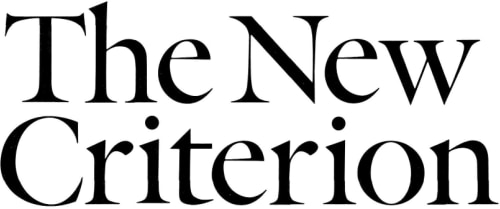
Paul Resika must be the most interesting journeyman of modern painting. Born in New York in 1928, he took up the brush at age nine and began studying with Hans Hofmann at sixteen. After his apprenticeship with this German-born mentor of American abstraction, Resika followed a circuitous route through the history of art. He sought out the classical foundations of art that he saw buried beneath Hofmann’s own abstract constructions. In the 1950s he began traveling to Europe to study the old masters, returning to work with the figurative painters Paul Georges and Fairfield Porter on Long Island. In the 1960s he went to Italy to walk in the footsteps of Corot. In the 1980s he began taking on the light of Provincetown in glistening seascapes. Most recently he has circled back to Hofmann, with paintings that have became increasingly abstract. “I’m with him,” he said of Hofmann in 2000. “I’ve been with him for many years. He’s been in here. I don’t see him anymore, but he’s been here.”
What ties these waypoints together is Resika’s nonconformist sensibility, which he attributes to Hofmann, and a unique sense of touch. One could say a line runs through all of Resika’s work. Just as the Venetian masters did not need to sign their own paintings, since their brushstrokes served as their signatures, Resika has a signature way of handling paint that is entirely his own.
This facility is now on display in two paired exhibitions, both called “8+8.” Steven Harvey Fine Art Projects, on the Lower East Side, offers an eight-painting survey that covers each of Resika’s eight decades of work. Hard to believe such a chronology is possible, but there it is. The show begins with Composition, April ’47, a work of triangular origami, and continues through Three Sails (2009–10), a constructivist abstraction where triangles return as sails floating on an angular sea.
Because of a studio fire in 1971, little of Resika’s early work survives, so what’s assembled here may be surprising. The Visitation (1958) is a moody, Symbolist work of an angel reaching out to a painter sitting outside his shingled studio. The Bridge, Vaucluse (1967) is a Barbizon landscape. Self-Portrait (1974) offers up the artist as an intense neo-Romantic, complete with beard, beret, and scarf. Provincetown Pier (Blue) (1988) and Bright Night (1996), both port scenes, show Resika’s increasing fluidity, with a light that shimmers off the dock houses and boat topsides. In Dream of Jack’s Island (2006), my favorite of the show, not a curve or dash seems out of place. Resika’s signature is the sheer calligraphy of his brush.
For a survey of Resika’s most recent work, eight examples are now on view at Lori Bookstein in Chelsea. Turning from the sea, Resika now focuses on the geometry of the pond. Lily pads offer up a particularly intriguing shape, and Resika makes the most of it. Sometimes he abstracts them into notched circles (Pond #9, 2010). Other times they are more illusionistic, dissolving into sun-drenched reflections (Blaze, 2010–12). It is hard not to think of late Monet when seeing these works. The exhibition includes one monumental canvas, Pond Galaxy (2010), nine feet across, that doesn’t hurt the association. Here so much of art history seems to rise to the surface in circles of color. This includes Resika’s own colorful legacy, joyfully circling back on itself.